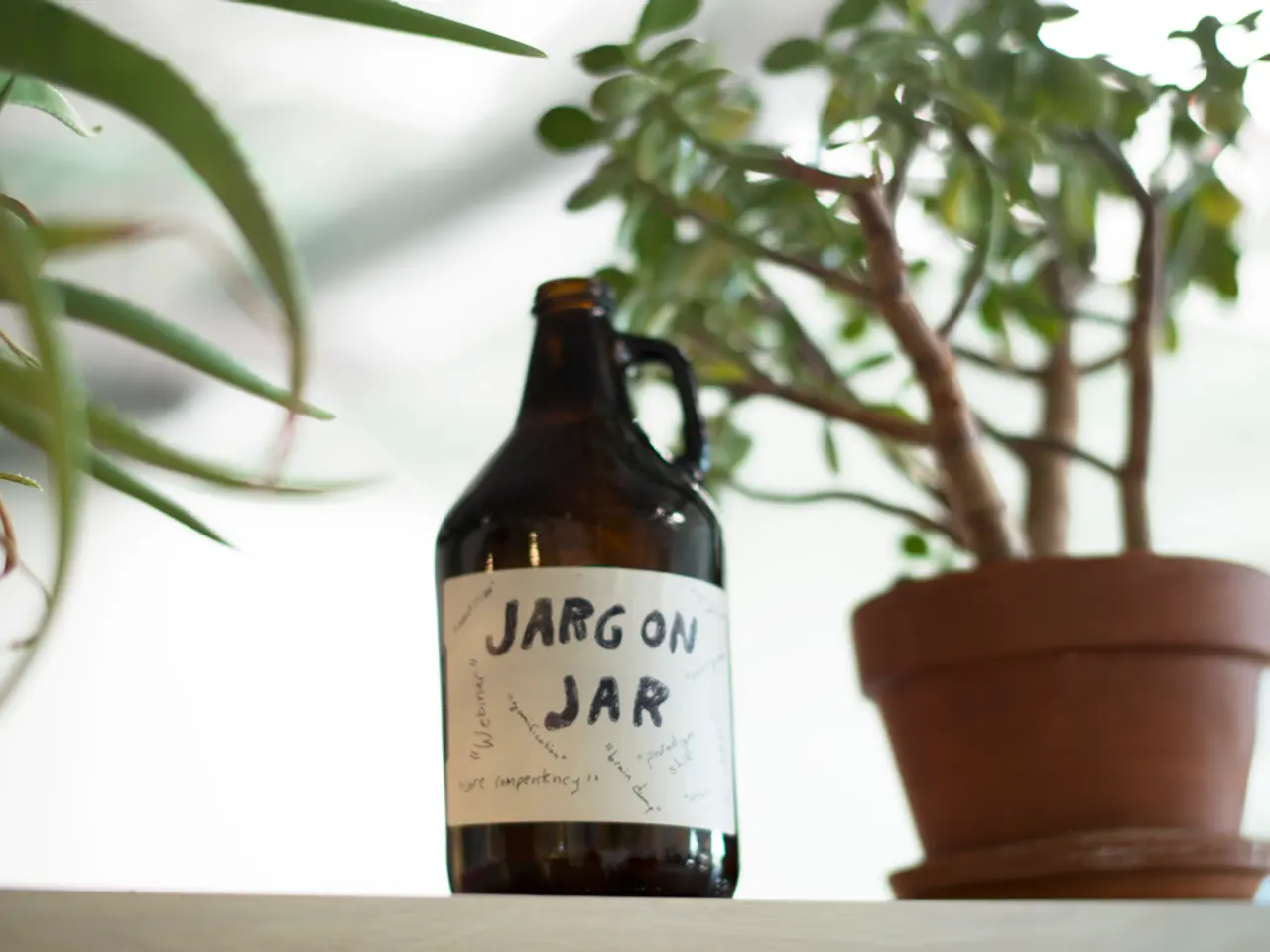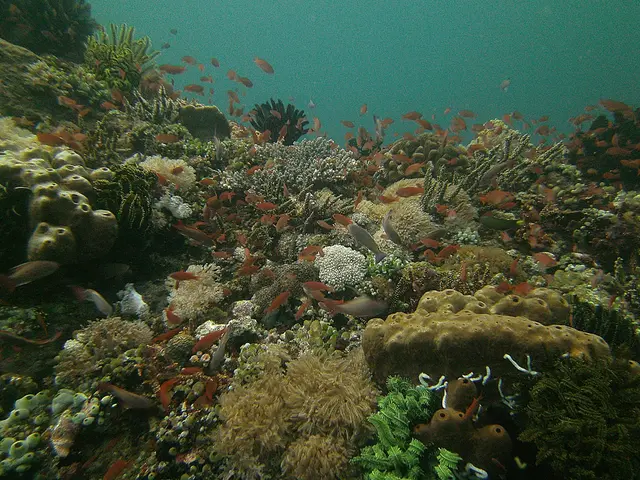German Farmers Turn to Camelina, Sunflower, Hemp, and Soybean to Tackle Climate Change
Farmers across Germany are exploring alternative crops to adapt to changing climates and reduce input costs. Camelina, sunflower, hemp, and soybean are among the plants gaining attention for their resilience and unique benefits.
Camelina, for instance, thrives in challenging climates with minimal inputs. It tolerates drought and poor soils, making it ideal for organic farming and intercropping. Sunflower, on the other hand, is drought and heat tolerant, but lacks regional adapted varieties and processing infrastructure. Hemp, primarily grown in northern and eastern Germany, adapts to many soil types and requires low amounts of plant protection and fertilizer. However, regulatory constraints hinder its scalability.
These crops are particularly suitable in southern and eastern regions like Bavaria, Baden-Württemberg, Brandenburg, and Saxony, due to their favorable climate conditions. Soybean, successful in southern Germany, is nitrogen-binding but sensitive to drought during flowering. Alternatives to rapeseed, the most important oil plant but susceptible to drought and heat, include soybean, sunflower, hemp, and camelina.
As climate change impacts German agriculture, these alternative crops offer promising solutions. Their unique characteristics and regional suitability can help farmers adapt to new challenges and reduce input costs. However, further research and development, particularly for sunflower and hemp, are needed to fully harness their potential.







